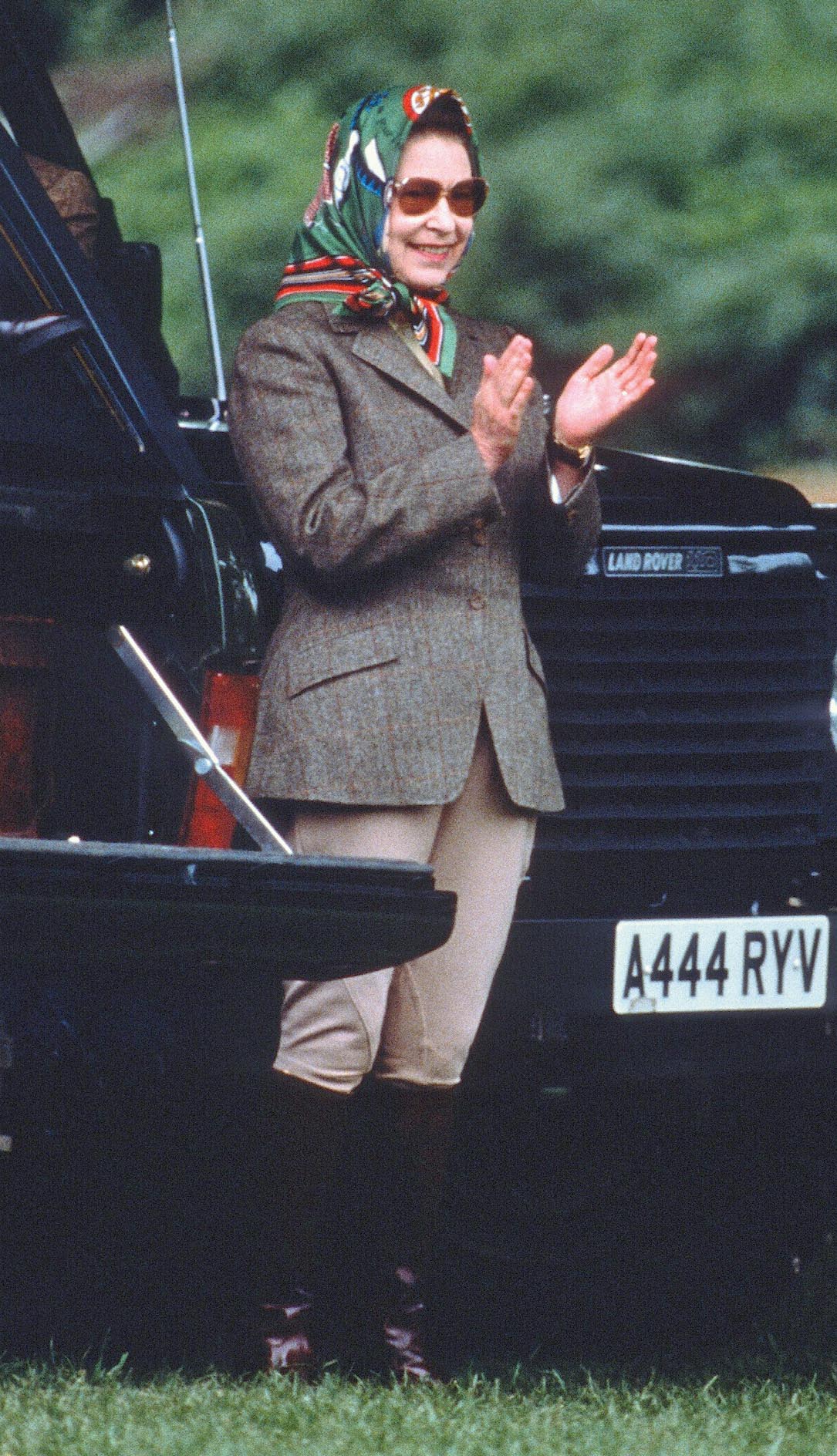The Queen's official portraits: Seven of the most extraordinary paintings from 70 years and over 1,000 sittings
Her Majesty Queen Elizabeth II has been painted literally thousands of times since she came to the throne. Charlotte Mullins reveals some of the secrets behind seven of the most recognisable.
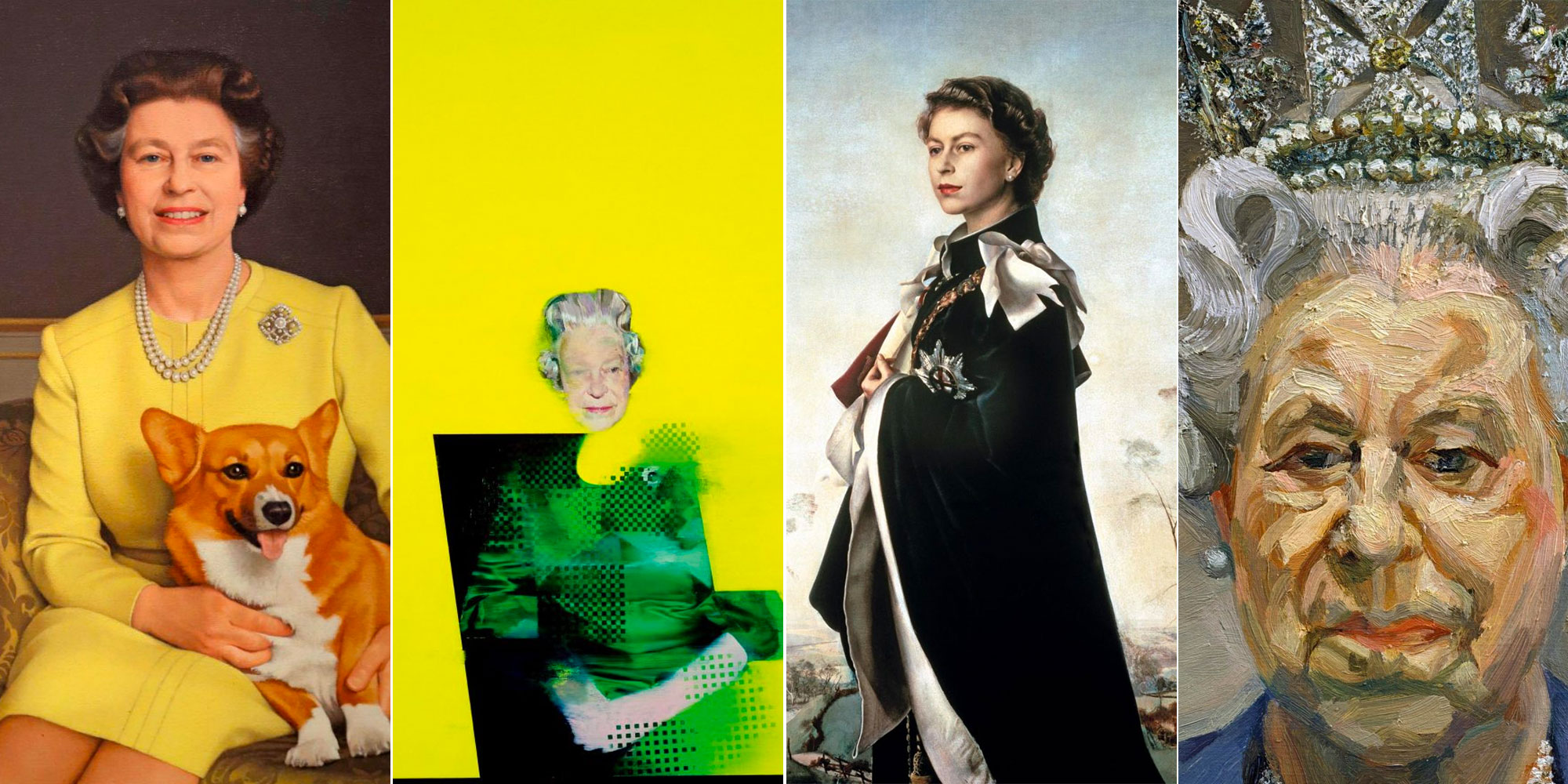
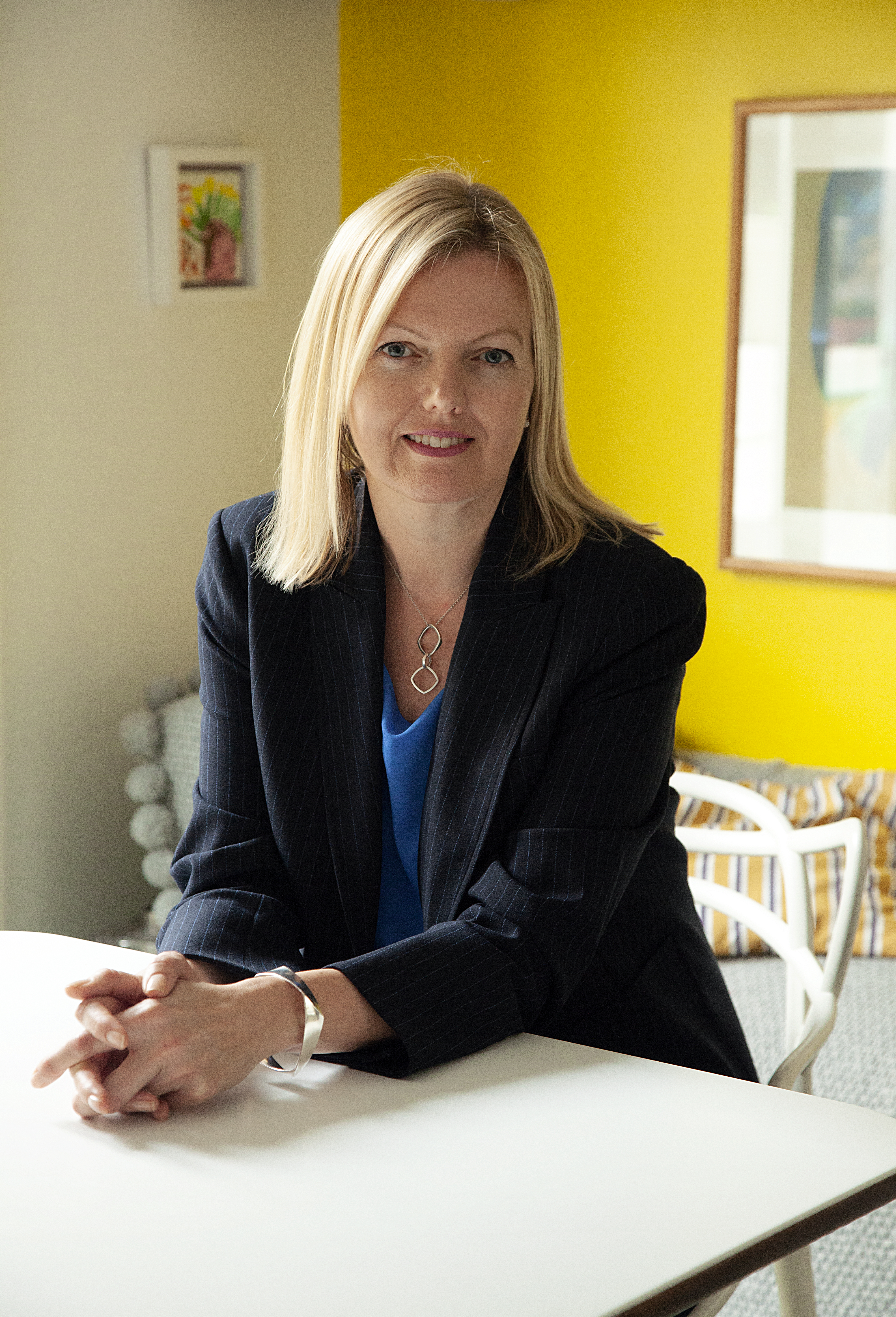
Imagine being a portrait artist, someone who critically studies a person’s face and body to draw out the truths that lie within. Painting a portrait is about the relationship that develops between artist and sitter and both have to give something of themselves for a portrait to be successful. Then imagine taking up your palette covered in smears of oil paint and a selection of brushes and walking towards your new sitter for the first time. Nervous? Excited? Now imagine that sitter is Queen Elizabeth II, Britain’s longest-reigning monarch, head of the Commonwealth and the most portrayed woman in history.
For nearly 70 years, The Queen has regularly sat for a wide range of portrait artists and photographers, each keen to highlight different aspects of her personality, her role, her features. Whether afforded a single sitting, as American photographer Annie Leibovitz was, or a series of sittings over 18 months, like esteemed painter Lucian Freud, each artist wants to get under the skin of their sitter, even when that sitter is royalty.
The Queen has often embraced the challenge of being depicted by contemporary artists. A young Justin Mortimer modernised one official portrait by slicing up her body with yellow paint and Polly Borland added a gold-glitter backdrop to celebrate the Golden Jubilee. Freud always strove to go beyond outward appearances and wanted his paint to conjure a person’s presence, not simply their likeness, on the canvas. ‘As far as I am concerned,’ he said, ‘the paint is the person.’ He revelled in naked flesh and often placed subjects under harsh overhead lights. In sitting for him, The Queen agreed to be scrutinised by a man who would bend no knee to tradition or sycophancy. He presented the truth he found in her face, painting her so her head filled the diminutive canvas.
Other artists, including Pietro Annigoni and Nicky Philipps, have presented The Queen more traditionally in the robes of office. Chinwe Chukwuogo-Roy emphasised her role as Head of the Commonwealth in her global Golden Jubilee portrait. Reflecting her love or animals, The Queen has been painted outdoors, riding her mother’s horse Worcran by Susan Crawford, and on the sofa with her corgi Spark by Michael Leonard.
Together, The Queen’s official portraits — nearly 1,000 of them — present a portrait of a woman unflinching in her sense of duty. But they also reveal someone who has repeatedly embraced change, new ideas and experimentation through her sitting for such a wide range of portrait artists since she became Queen in 1952.
1954 Pietro Annigoni, Queen Elizabeth II
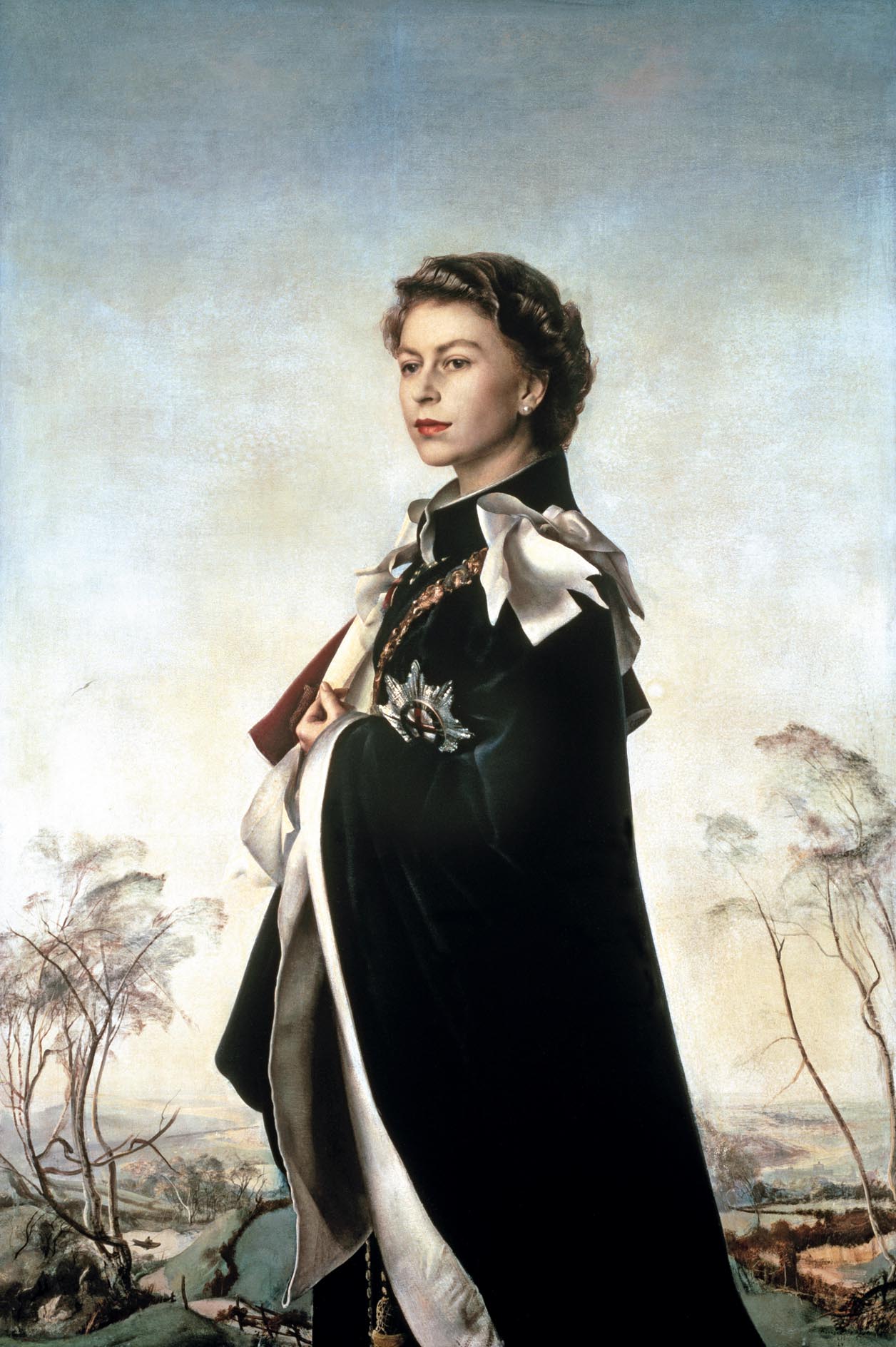
Pietro Annigoni (1910–88) was an Italian portrait painter who preferred the techniques of Renaissance artists to modern abstraction and who found a loyal following in Britain. In 1954, the Worshipful Company of Fishmongers commissioned him to paint a full-length portrait of Elizabeth II. Only one year after her Coronation, the 28-year-old Queen sat for him in the Yellow Drawing Room at Buckingham Palace. Annigoni chose not to include the sunny interior, but relocated her to a cool rolling landscape, where a man quietly fishes and England stretches out behind her.
Annigoni confessed to having been a little starstruck at the initial sitting and couldn’t work out how to begin until The Queen put him at ease. She began talking about how she used to watch people from windows as a child. ‘Her words were like a searchlight lighting my way,’ he said. ‘I saw her immediately as The Queen who, although dear to the hearts of millions of people whom she loved, was herself alone and far off.’ He portrayed her in the dark-blue cloak of the Order of the Garter, its thick satin ribbons ruffled by breeze. She is seen from below, her eyebrows arched like a 1950s film star, but she doesn’t look at us. Instead she looks serenely into the distance, lost in thought, a public figure who must remain at one remove from everyone.
Sign up for the Country Life Newsletter
Exquisite houses, the beauty of Nature, and how to get the most from your life, straight to your inbox.
1977 Susan Crawford, Her Majesty the Queen on Worcran
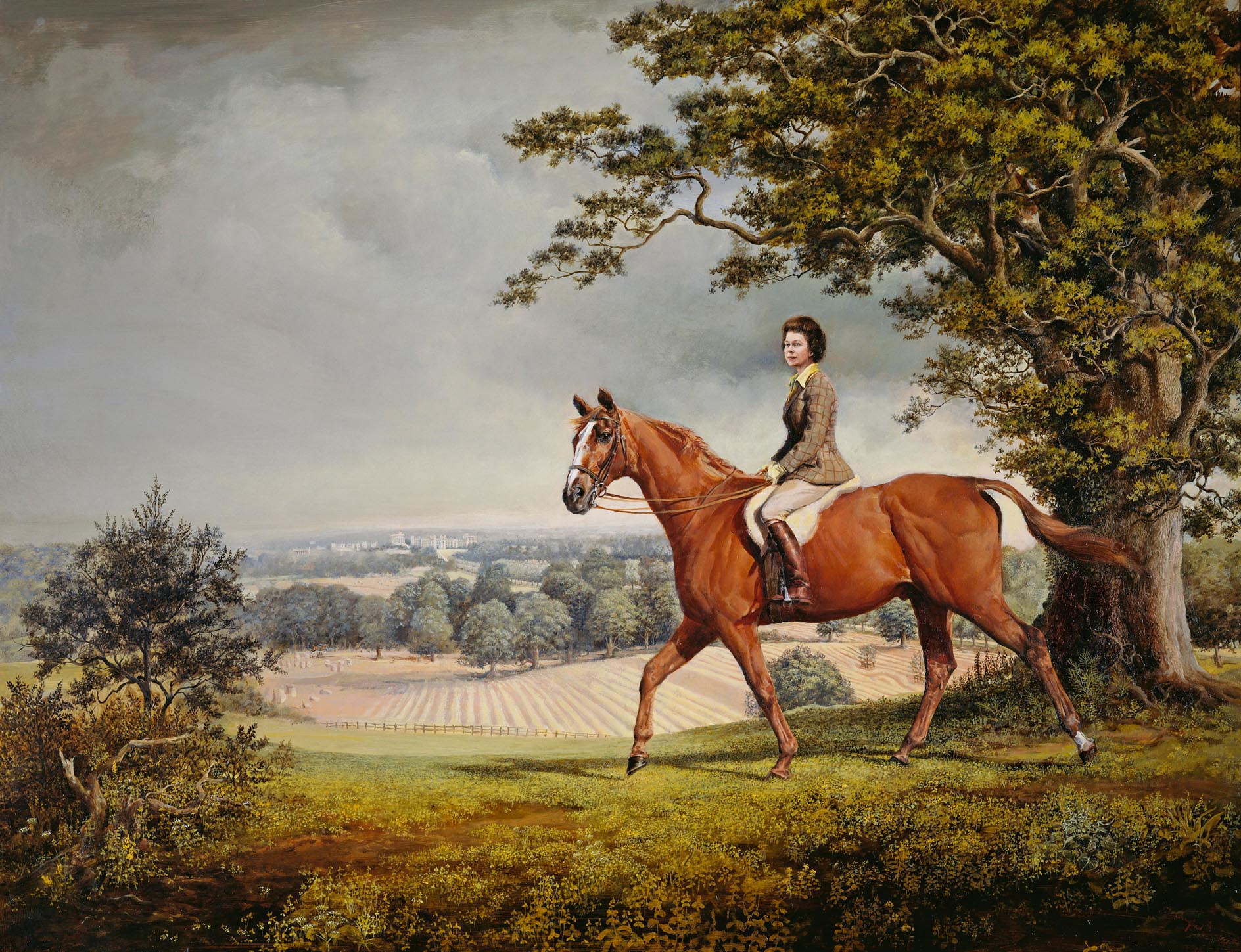
To celebrate the Silver Jubilee, the regiments of the Household Division commissioned a portrait of The Queen as a gift. The choice of artist chimed with The Queen’s own interests, for Scottish-born Susan Crawford (born 1941) is a leading equestrian artist, who has painted 22 Derby winners and such household names as Njinksy, Mill Reef and Dancing Brave. For this portrait, The Queen rode Worcran, an ex-racehorse that belonged to the Queen Mother and came third in the 1965 Champion Hurdle. He was used by The Queen for hacking. The artist travelled to Windsor for sittings and sketched The Queen riding, becoming dizzy as she rode in circles around her. She studied Worcran’s movement and physique, as well as the relationship between horse and rider, and finished the painting after a further sitting at Buckingham Palace.
The result is a relaxed portrait of The Queen dressed in tweed jacket and jodhpurs, a smile playing across her lips. It is also a spirited depiction of Worcran, ears pricked and tail outstretched, striding through the fields above Windsor Castle. Worcran turns to face us, white blaze gleaming, as his rider looks into the distance, enjoying a rare moment of peace. The two are in their element, riding through the leafy countryside. Only the grey clouds threaten to dampen their spirits, alluding to the many responsibilities from which The Queen has only momentarily escaped.
1985–86 Michael Leonard, Queen Elizabeth II
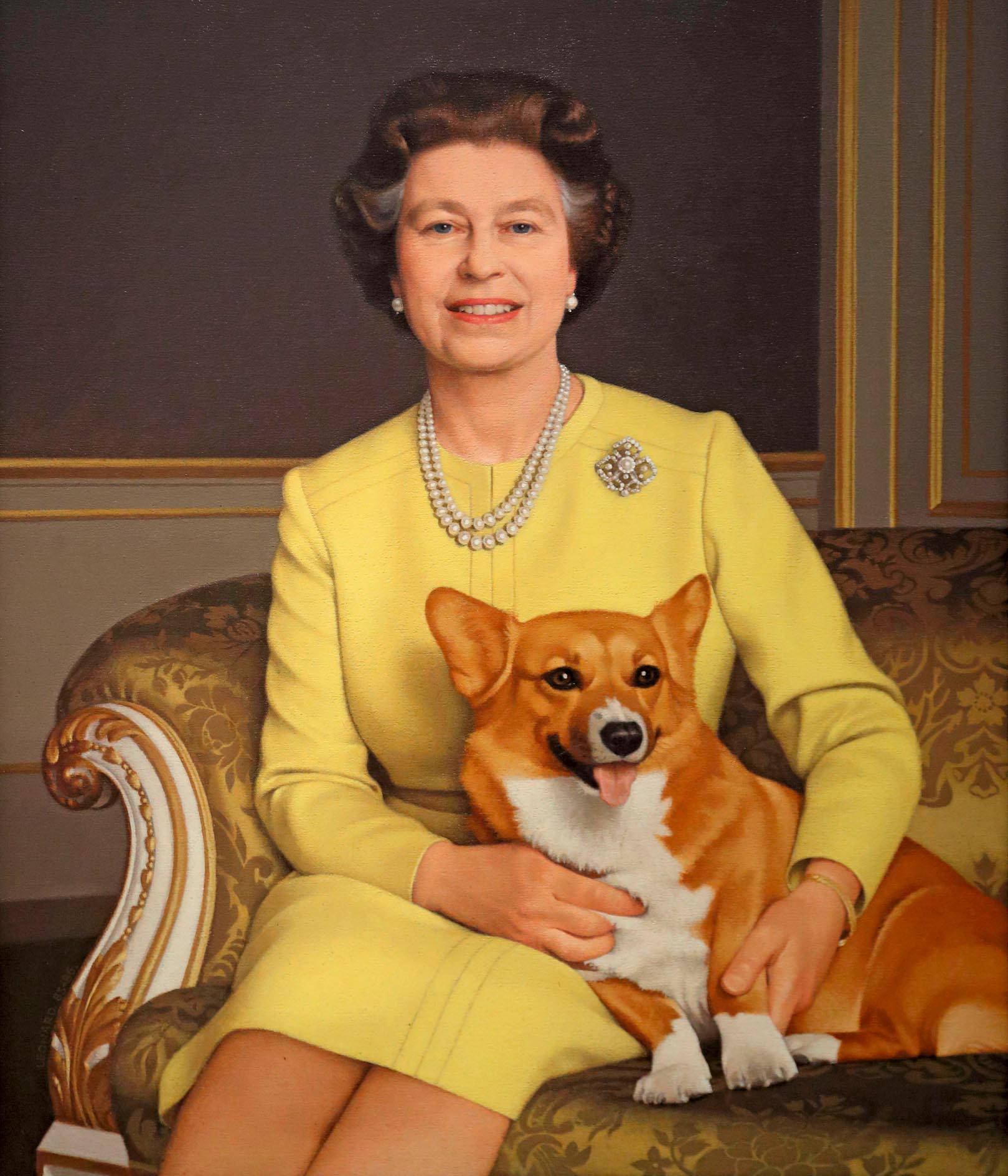
Working as an illustrator in London’s Soho in the 1960s, Michael Leonard (born 1933) wouldn’t have imagined that, by 1985, he would be painting The Queen in the Yellow Drawing Room at Buckingham Palace. Mr Leonard had trained in commercial design, but, increasingly, found himself drawn to becoming an artist. By 1972, he was exhibiting in galleries and the following decade he was commissioned by Reader’s Digest to paint The Queen to commemorate her 60th birthday.
In this portrait, the subject is youthful and radiant in a yellow dress and pearl jewellery, her dark hair set in short waves that frame her face. Only a hint of grey can be seen at her temples. She smiles warmly as she strokes Spark the corgi, burying her right hand in the dog’s fur. She looks directly at us, relaxed and welcoming. Parts of this photorealist painting are incredibly detailed, particularly the contours of The Queen’s face and the shadows cast by her pearl necklace. However, the overall effect is one of flatness, of a polished image of the monarch that suggests she is still on duty, back straight and professional smile in place.
1998 Justin Mortimer, The Queen
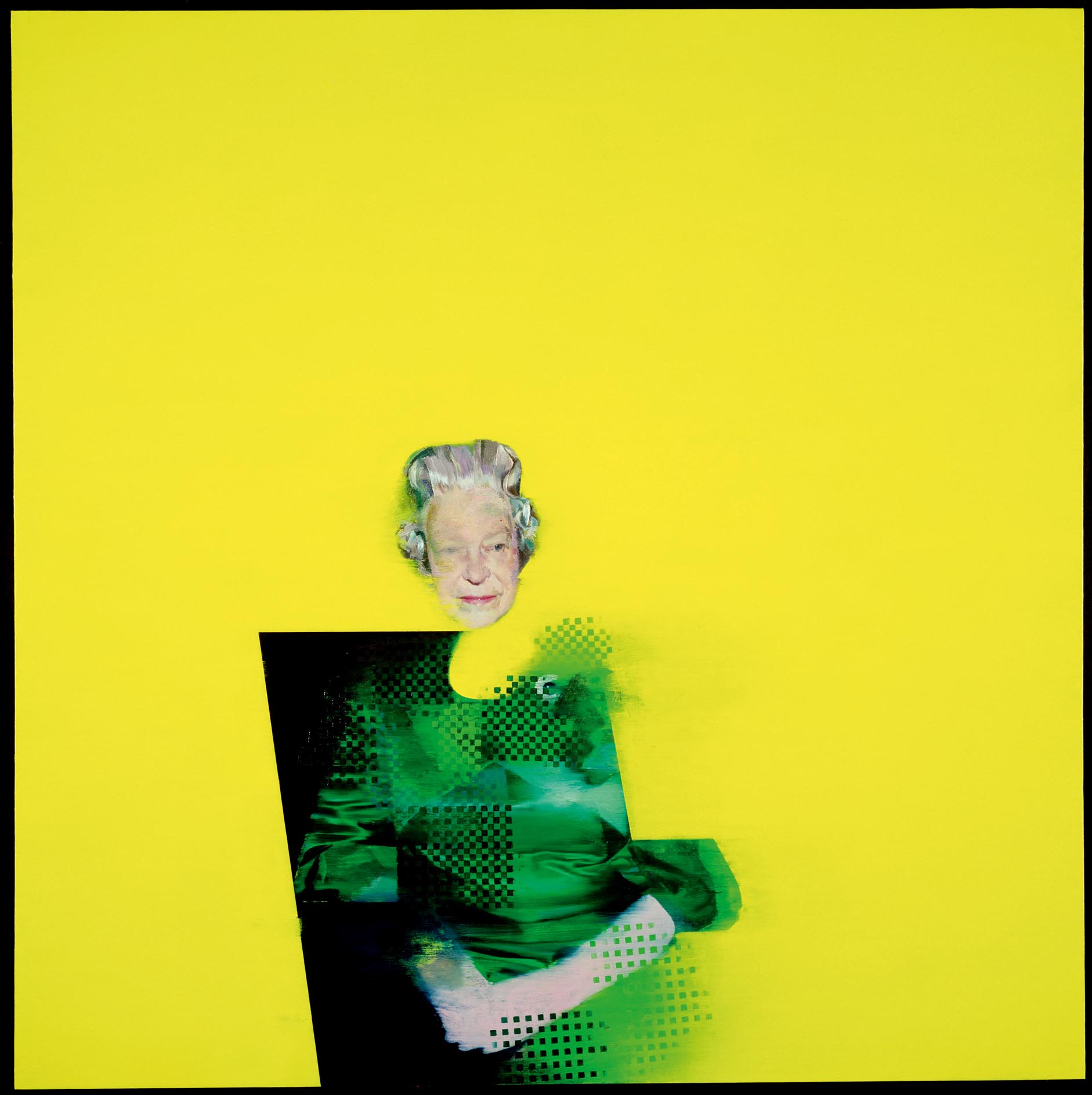
This painting caused an uproar when it was unveiled. ‘“Silly” Artist cuts off the Queen’s head’ railed The Daily Mail. The young painter, Justin Mortimer (born 1970), had depicted The Queen in such a way that her head appears to float above her body. Her hair, by now a silvery grey, curls up over a flat acid-yellow background that threatened to overwhelm the figure. A shard of yellow covers her neck as a triangle of paint takes out her left arm. The Queen appears not to mind this visual assault — although she doesn’t smile, her hands sit calmly in her lap over her green satin dress.
Mr Mortimer shot to fame aged 21, when he won the National Portrait Gallery’s prestigious BP Portrait Award. His portrait of The Queen was commissioned by the Royal Society for Arts, Manufactures and Commerce (RSA) to mark the 50-year relationship between the institution and the monarch. Although some interpreted the painting negatively, others saw it as a bold move by The Queen to agree to sit for such an exciting contemporary artist. She certainly doesn’t seem to have disliked Mr Mortimer’s style, as, shortly afterwards, she commissioned a portrait of her own Lord Chamberlain by him.
2018 Nicky Philipps, HM Queen Elizabeth II
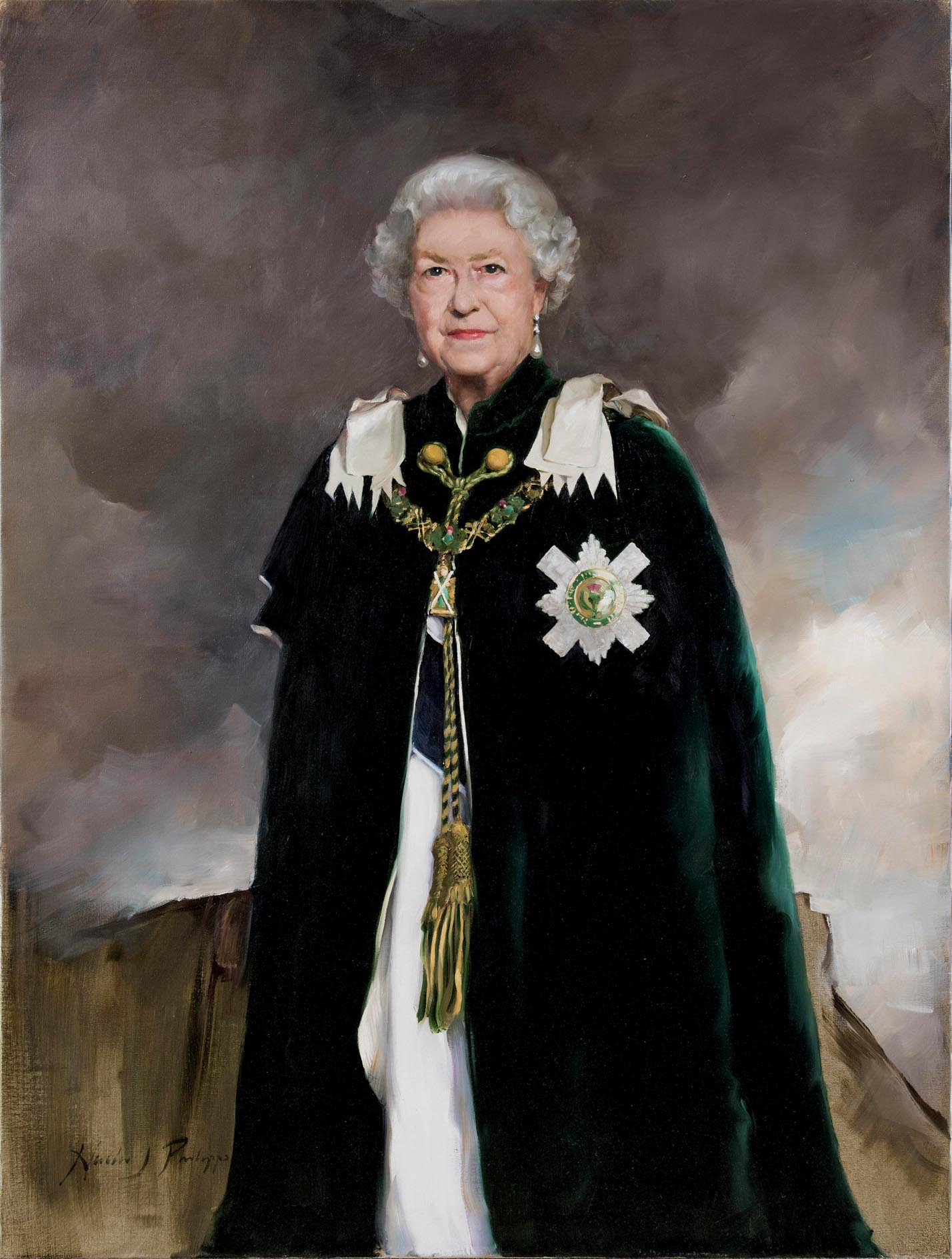
This painting by Nicky Philipps (born 1964) is the artist’s third portrait of The Queen. Miss Philipps has been a favourite of the Royal Family since her touching and informal portrait of Princes William and Harry was unveiled at the National Portrait Gallery in 2010.
This portrait was commissioned for the Palace of Holyroodhouse in Edinburgh, The Queen’s official royal residence in Scotland. It hangs in the Royal Dining Room and depicts the monarch dressed in a dark-green cloak of the Order of the Thistle, the highest order of chivalry in Scotland. It is every inch an official portrait.
The Queen stands unmoving, unflinching, despite the turbulent Scottish skies that rise above Edinburgh’s Salisbury Crags behind her. She looks out at us steadfastly as a reigning monarch and is painted in a clear and bright light, a traditional portrait style that is in marked contrast to Freud’s fleshy realism and Leibovitz’s pathos.
Miss Philipps comes from a family of painters and draws inspiration from the portraits of John Singer Sargent and William Orpen. As such, she presents a fitting and timeless image of a Queen who has reigned for 70 years.
2002 Chinwe Chukwuogo-Roy, Golden Jubilee Portrait of Queen Elizabeth II
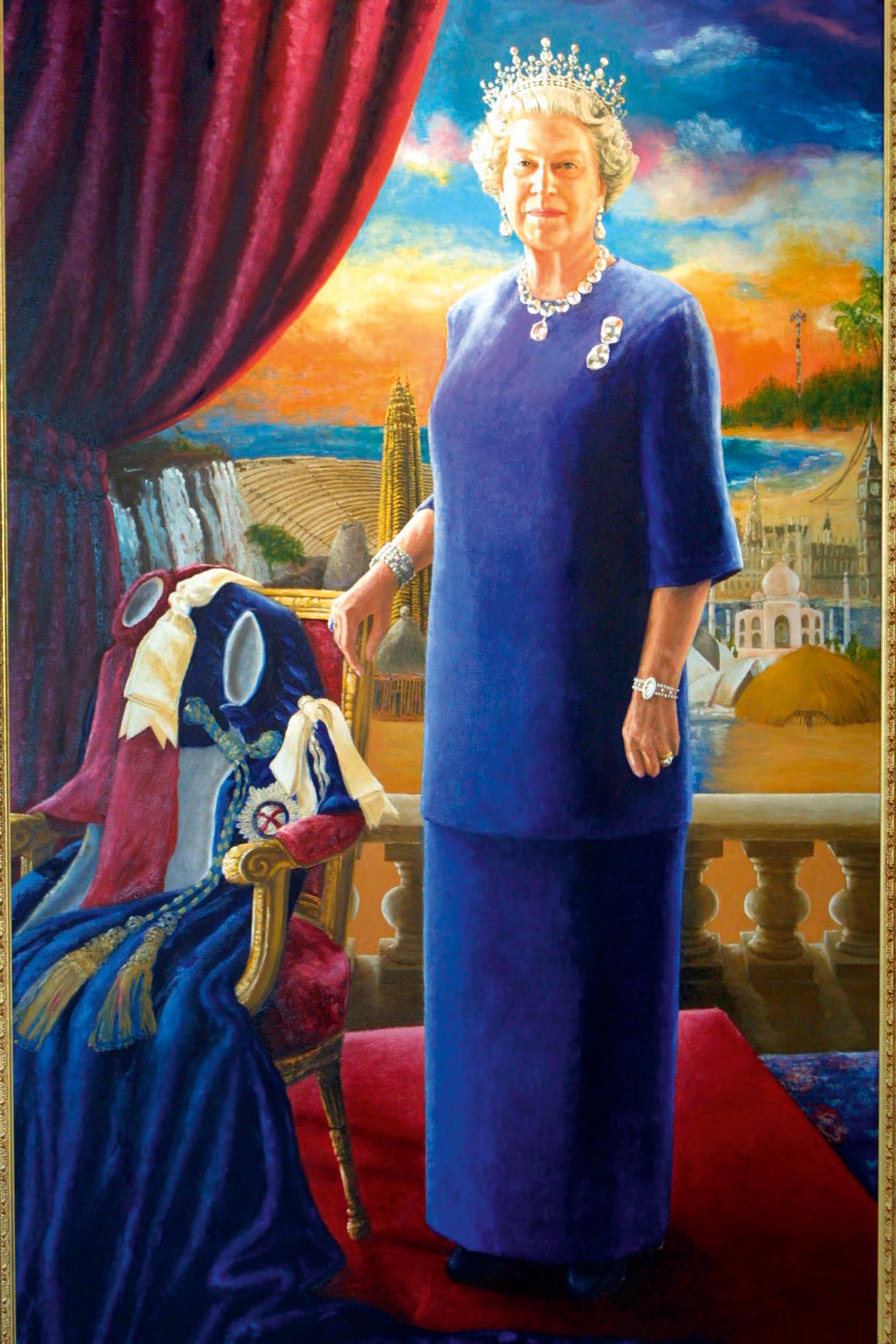
Although the official Golden Jubilee photographs of The Queen by Rankin and Polly Borland (among others) are brightly lit, age-defying portraits, Chinwe Chukwuogo-Roy (1952–2012) chose a different approach for her painting, which was commissioned by the Commonwealth Secretariat in 2002. She presents a full-length portrait of The Queen, who stands in front of a low stone balcony and swagged red curtain that give way to a spectacular view.
As head of the Commonwealth, The Queen is a global figure and Chukwuogo-Roy painted her against an imaginary landscape that drew together architectural highlights from around the world, including the Taj Mahal, the Houses of Parliament and the Sydney Opera House.
Chukwuogo-Roy was born in Nigeria. She survived the Biafran war and moved to England to study art, where she was much in demand as a portrait artist: painting The Queen was the highlight of a career cut short by cancer. Her portrait is formal in presentation, The Queen standing in a diamond tiara and floor-length blue gown, with the heavy cloak of the Order of the Garter, which we saw in Annigoni’s portrait, lying on a chair next to her. The painting celebrates The Queen as an important world figure who stands tall in her role as head of the Commonwealth.
2000–01 Lucian Freud, Her Majesty the Queen

For 18 months, in a conservation studio in the heart of St James’s Palace in London, an unlikely duo were hard at work. In June 2000, The Queen agreed to be painted by Lucian Freud (1922–2011), the greatest portrait painter of the 20th century. Freud had wanted to paint her at his Kensington studio, where he felt most in control, but The Queen preferred sittings to take place at Buckingham Palace. The Friary Court picture-conservation studio at St James’s Palace was their unlikely compromise and The Queen sat for Freud in a gilt armchair against a plain wall that was lit from above.
The final result was a tiny painting, only 8in high, centred on The Queen’s face. Her eyes are hooded, her lips firmly pressed together and her blue jacket throws a dark shadow over her neck and chin. Freud added the diamond diadem at a late stage, having to extend his canvas to accommodate it. The diadem sparkles in the light, but it appears a heavy burden. All told, Freud’s portrait is not flattering, but it feels very real. Applied in thick gestural brushstrokes, the paint seems to breathe the face into life. From the apricot skin tones to the swirls of grey and white hair, we sense a living, breathing person within the confines of the small canvas. Freud captured the woman behind the crown and the pressures of ruling the country alone.
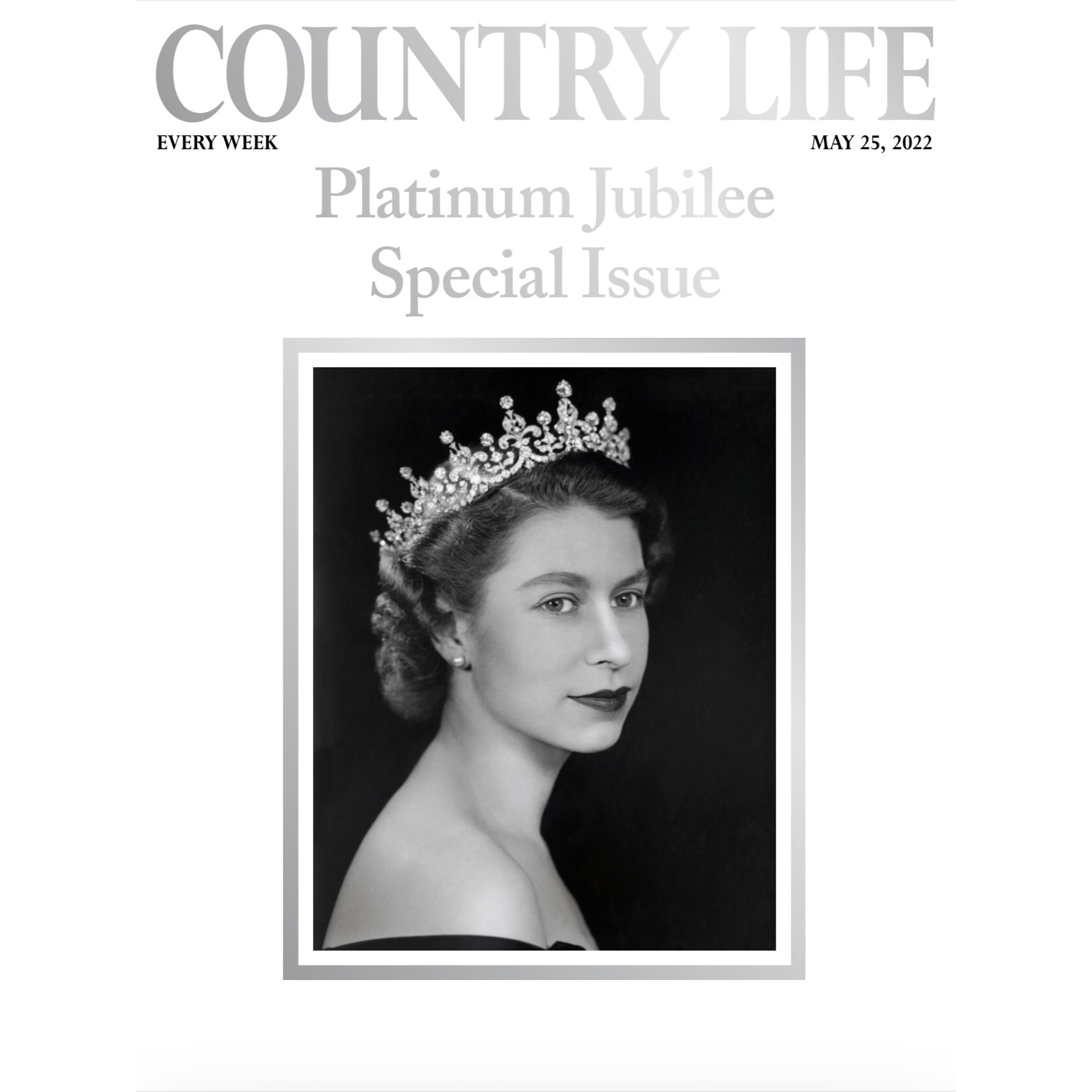
Country Life's Platinum Jubilee celebration issue — see what you'll find inside
Country Life 25 May 2022 Is our very special issue commemorating Her Majesty The Queen’s Platinum Jubilee. Here’s what you’ll
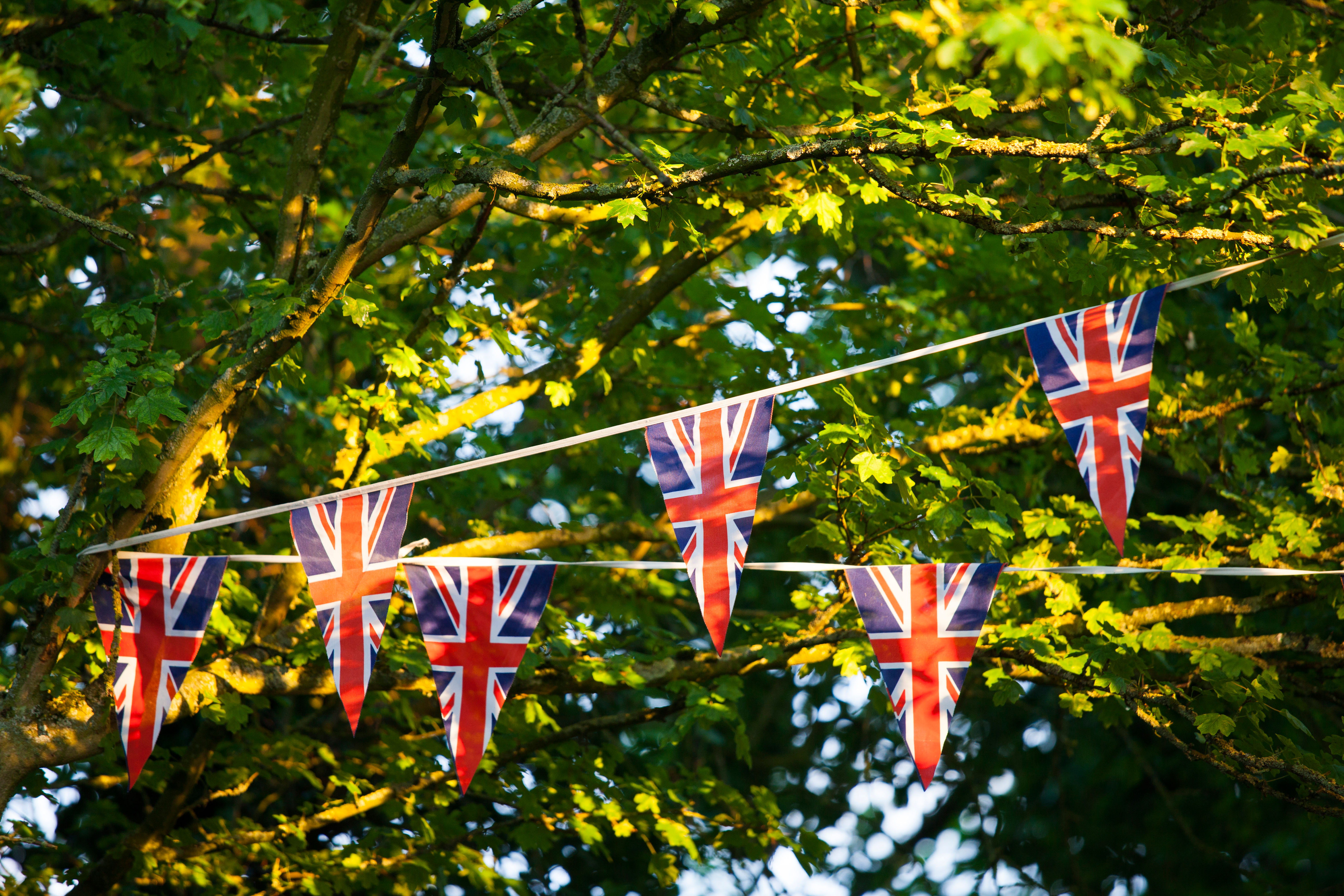
Credit: Alamy Stock Photo
The Country Life guide to running the ultimate Platinum Jubilee street party
It’s time to dust off your tartan and put on a tiara, says Debora Robertson, in her handy guide to
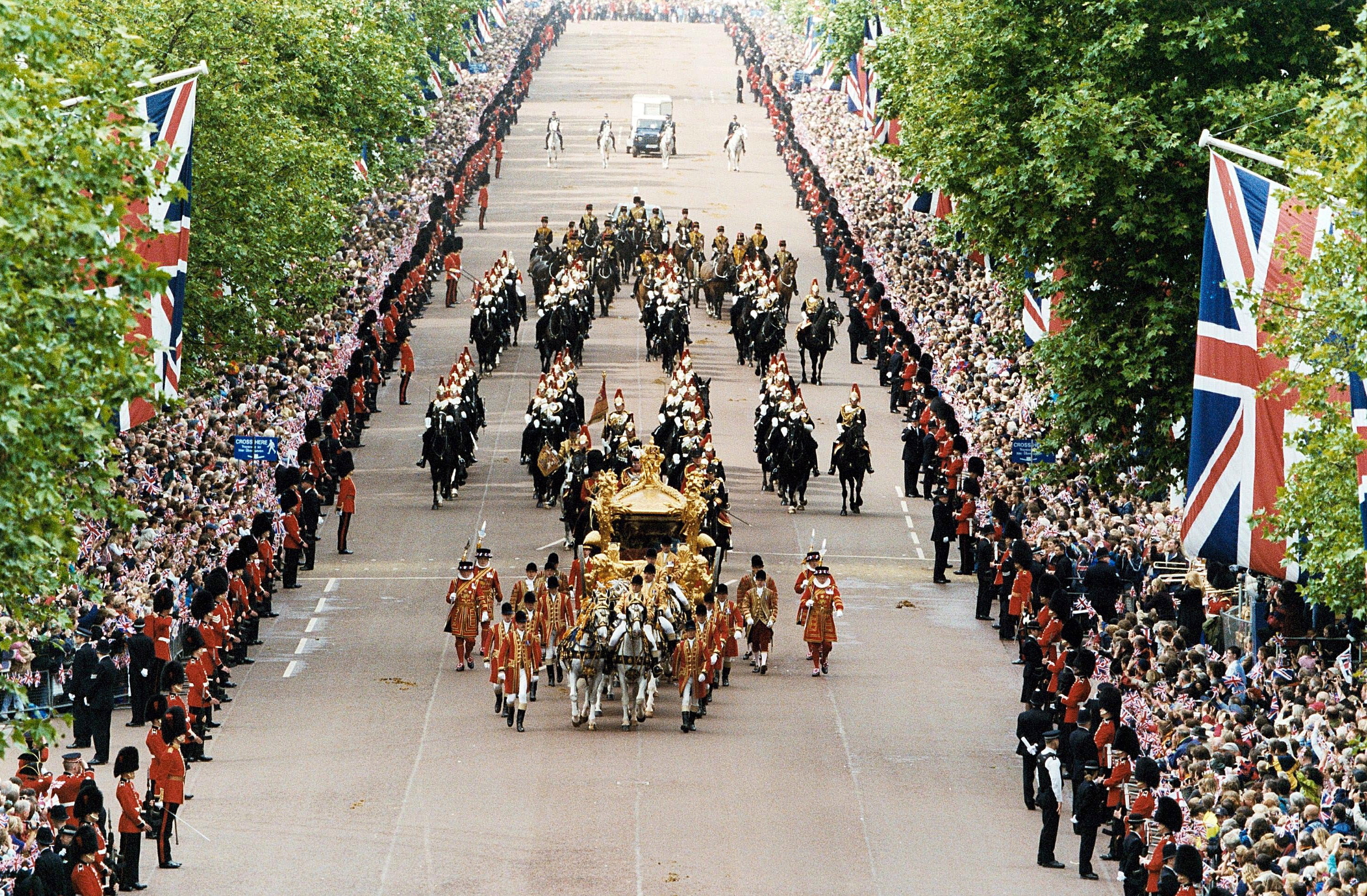
Curious Questions: What is a jubilee?
The celebration of HM's Queen Elizabeth II Platinum Jubilee is imminent — but what is a jubilee, and where does this
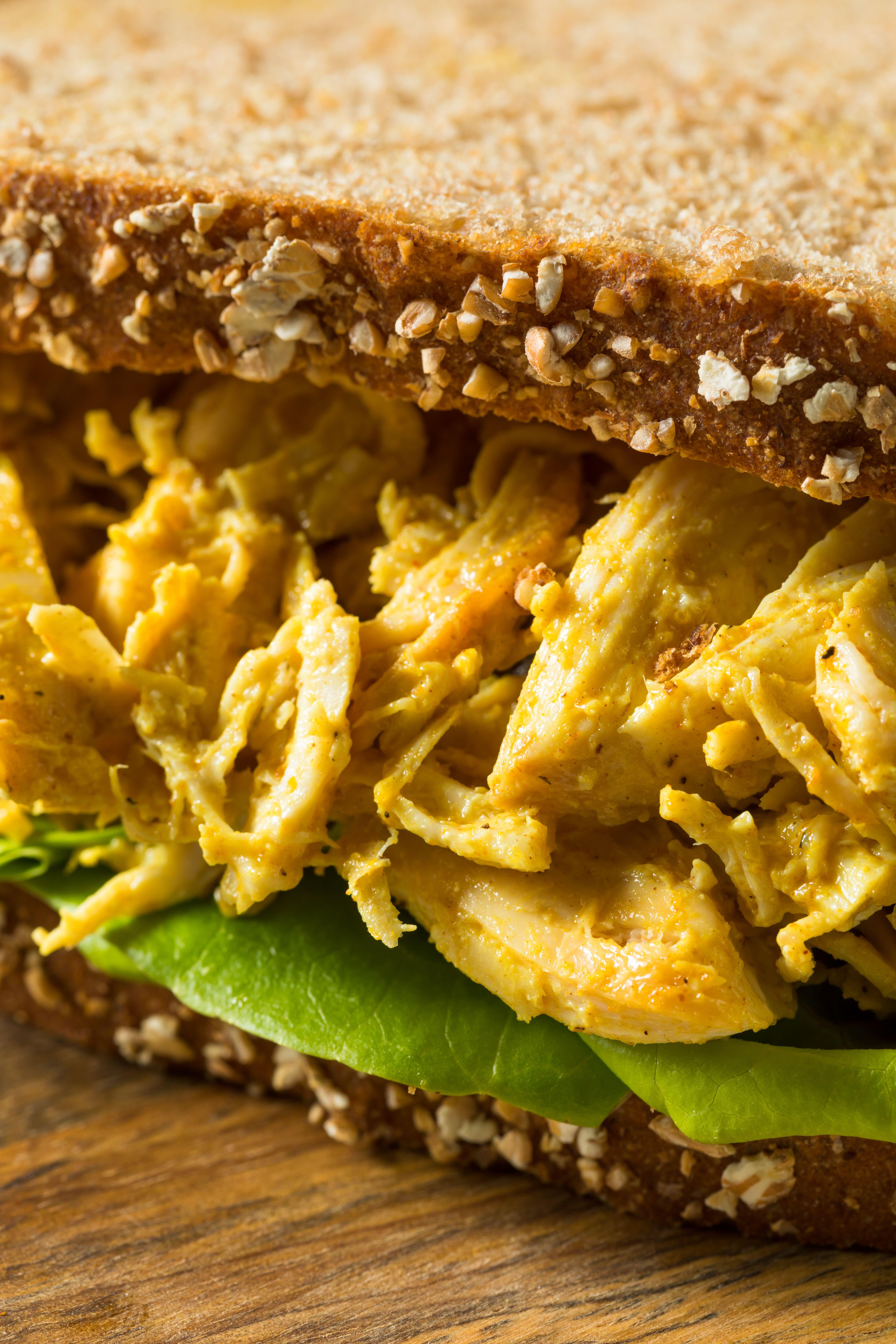
Credit: Alamy Stock Photo
Perfect Coronation street party recipes, from Mary Berry's ultimate scones to Tom Parker Bowles' irresistible coronation chicken
Emma Hughes collects the best Platinum Jubilee street party recipes from some of Britain's best-loved chefs and food writers.
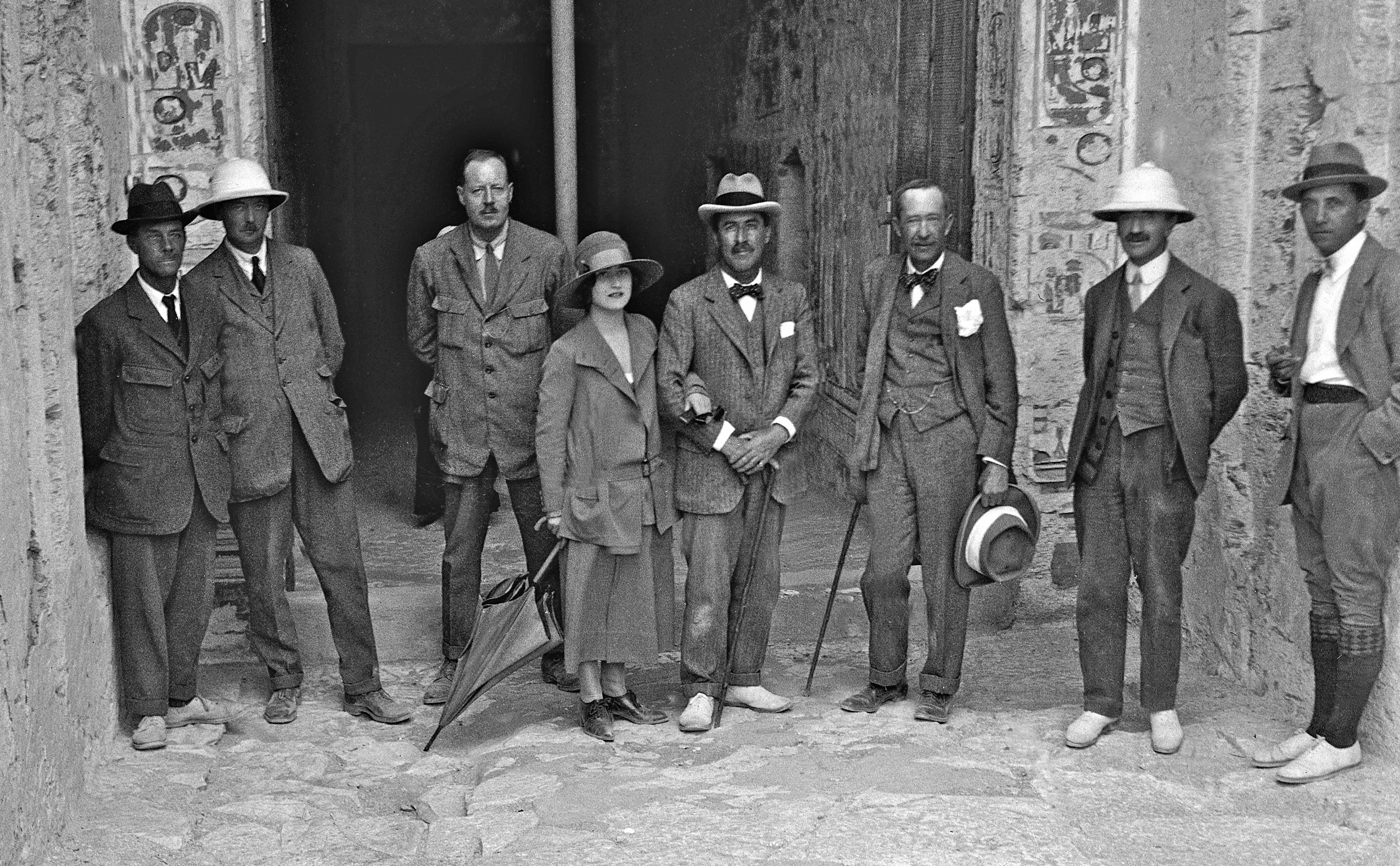
The anniversaries to look out for in 2022, from Ferdinand Magellan to Harry Potter, and from The Beatles to Carter unearthing Tutankhamun

Charlotte Mullins is an art critic, writer and broadcaster. Her latest book, The Art Isles: A 15,000 year story of art in the British Isles, will be published by Yale University Press in October 2025.
-
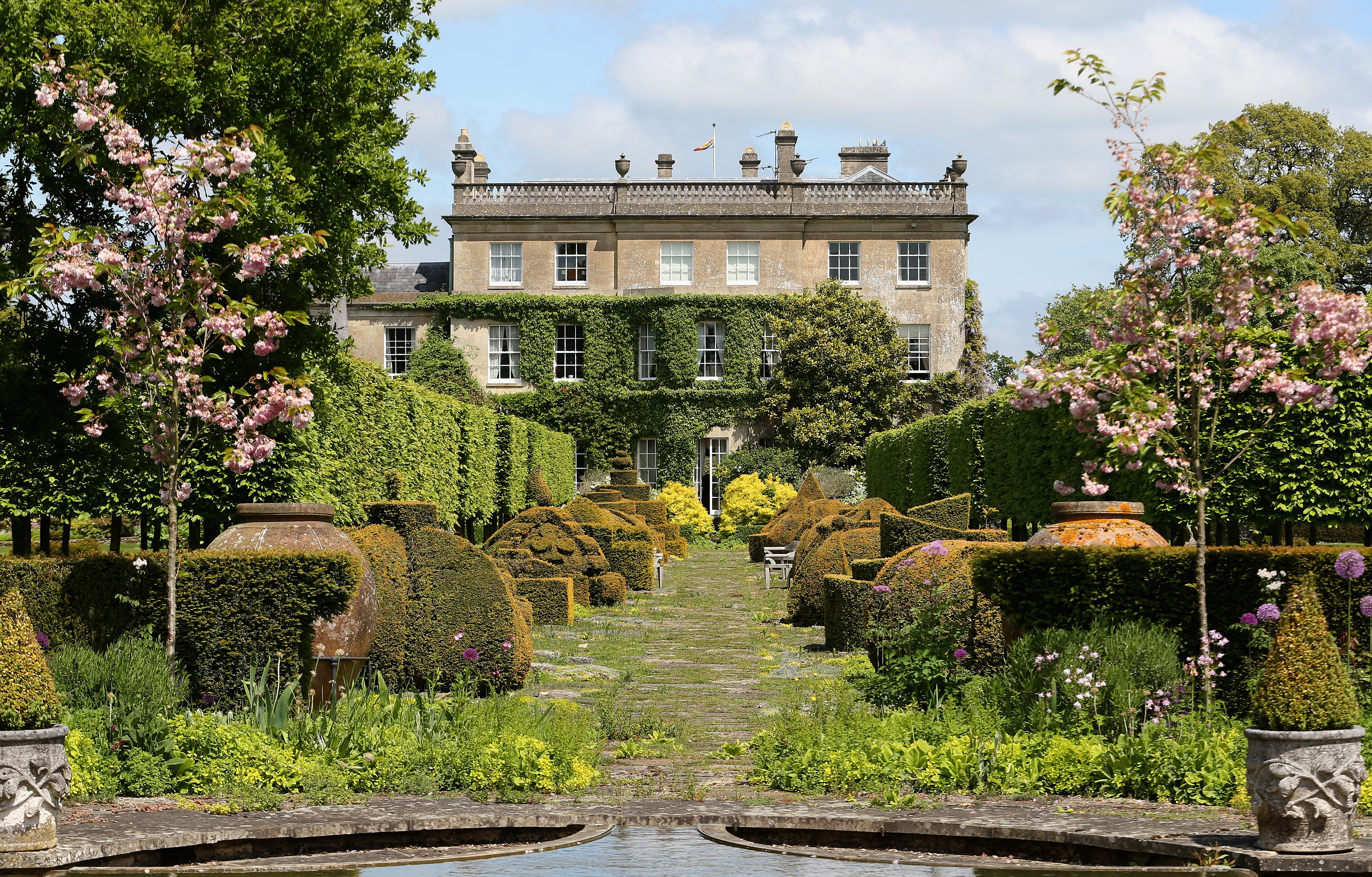 Sanderson's new collection is inspired by The King's pride and joy — his Gloucestershire garden
Sanderson's new collection is inspired by The King's pride and joy — his Gloucestershire gardenDesigners from Sanderson have immersed themselves in The King's garden at Highgrove to create a new collection of fabric and wallpaper which celebrates his long-standing dedication to Nature and biodiversity.
By Arabella Youens
-
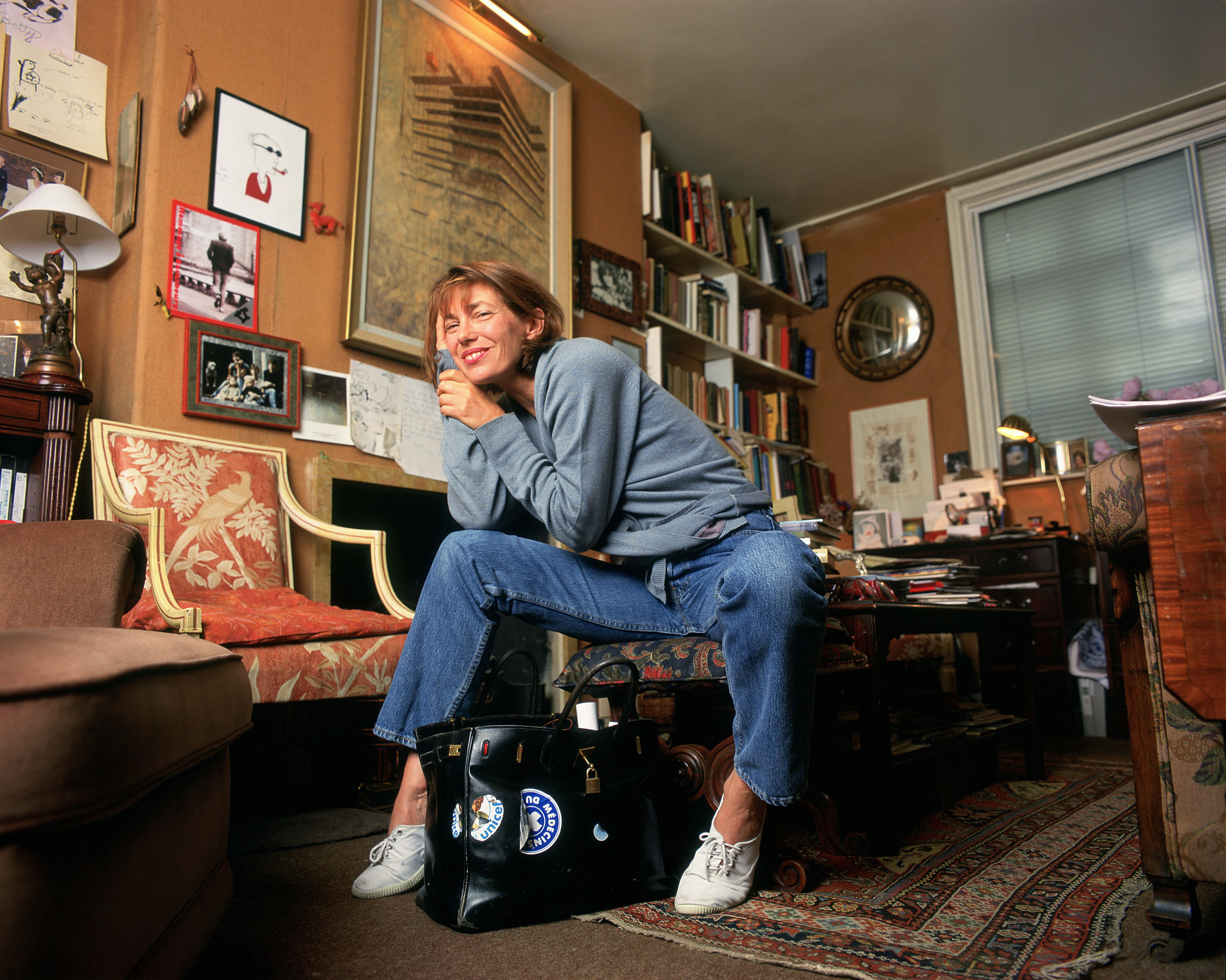 The coveted Hermès Birkin bag is a safer investment than gold — and several rare editions are being auctioned off by Christie’s
The coveted Hermès Birkin bag is a safer investment than gold — and several rare editions are being auctioned off by Christie’sThere are only 200,000 Birkin bags in circulation which has helped push prices of second-hand ones up.
By Lotte Brundle
